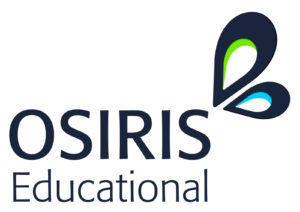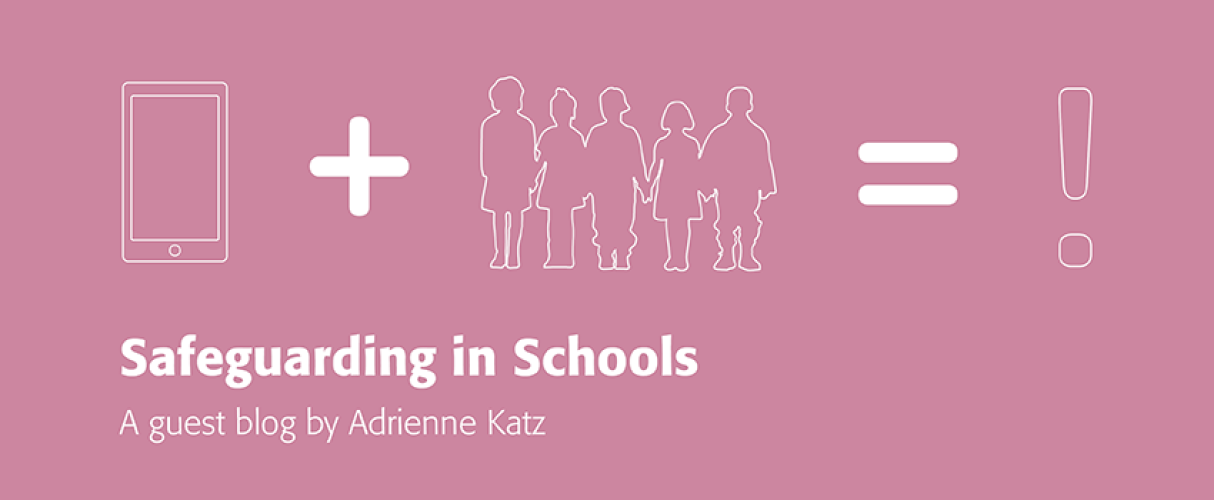Safeguarding in schools is entering a new phase and territory. The spotlight is on it. The term ‘safeguarding’ has broadened out from ‘protecting children, learners and vulnerable adults from deliberate harm, neglect and failure to act’. It now relates to broader aspects of care and education, including: ‘online safety and associated issues’. Inadequate safeguarding can trigger an inspection.
The aims, systems and protocols for safeguarding can no longer be seen or implemented in isolation from other aspects of school life, as some schools still approach it. Let me explain.
First the context: At the start of the September term the new Ofsted framework for inspection came into force. At the same time a number of useful Ofsted briefings were swept away, leaving only three documents –
- The common inspection framework education, skills and early years
- Inspecting safeguarding in early years education and skills settings[i]
- School inspection handbook section 8
This apparent simplicity is misleading. These changes come against a backdrop of heightened national concerns: child sexual exploitation, radicalisation and the mental health of children and young people not to mention concerns about our children and their digital lives. Referrals for treatment of young people in mental health facilities are at an all-time high, extremists of all types are recruiting young people to their ranks. Revelations of child sexual exploitation or abuse continue to shock the nation. Cases of online CSE show how some young people are groomed or blackmailed or their images are harvested in ever more sophisticated ways.
[quote align=”center” color=”#000000″]“My research found that young carers, those in care and those with learning difficulties or mental health difficulties could be three times more likely to experience high risk situations online than their peers. This creates new demands for safeguarding which include teaching learners about healthy relationships, citizenship, the law and e-safety problem solving.”[/quote]
Although safeguarding is defined quite simply in Working Together to Safeguard Children, in fact it must now cast a wider safety net than ever before. Safeguarding simply cannot be achieved without ‘Online safety’ (the new term for e-safety). The change of term reflects ‘a widening range of issues associated with technology and a user’s access to content, contact with others and behavioural issues.’ Yet Ofsted’s survey in March 2015 found that less than half of schools implement an AUP in ICT and 25% of students could not recall being taught about e-safety in the last 12 months.
Think of Safeguarding as a funnel shaped concept for a moment. What comes out of the spout is condensed and pure – protecting children from maltreatment in every way necessary, but the ingredients that go into that funnel are many.
If you think about it, the remit of safeguarding in itself includes the Equality agenda, to give you one example – a child with special educational needs requires extra support to learn to be safe online. Another example: Certain groups of pupils may be suffering discriminatory incitement to hatred online or in the neighbourhood around the school – their safety must be our concern. Are your policies and protocols all up to date and consistent with the Equality Act 2010? After all a safe school is safe for every one not just a few.
So, right there we have Safeguarding, Equality and Online Safety strongly interacting. Consider also how your Child Protection Policy will work with your arrangements for tackling bullying if it is a severe case that involves coercion, blackmail or ‘revenge porn’. Think about Inclusion, Behaviour and Discipline. This is the key – consider all your policies and procedures and decide which policies should interact/overlap. Are they capable of working together in that funnel? Taking this joined up approach will help your school to keep your young people safe and teach them to keep themselves safe. I hope you will adopt some creative enjoyable teaching methods to do the latter rather than a top down approach! But that is a blog for another day.
In successful settings, says Ofsted:
[quote align=”center” color=”#999999″]“adults understand the risks posed by adults or learners who use technology, including the internet, to bully, groom, radicalise or abuse children or learners. They have well developed strategies in place to keep children and learners safe and to support them to develop their own understanding of these risks and in learning how to keep themselves and others safe.”[ii][/quote]
Finally, does everyone know and understand your safeguarding arrangements?

Adrienne Katz is the author of Making Your Primary School e-safe and Making Your Secondary School e-safe, published by Jessica Kingsley Publishers. Adrienne is a trainer, director of the Bullying Intervention Group and runs the Cybersurvey, an online survey that has gathered young people’s online experiences for 8 years.
Adrienne will be delivering our Online Safety 2017 course. Click here to find out more.
[i]‘Inspecting safeguarding in early years, education and skills settings’ Guidance:
[ii] Section 13 Inspecting Safeguarding in early years, education and skills settings. Guidance



